-
 bitcoin
bitcoin $120167.907534 USD
1.27% -
 ethereum
ethereum $4468.611945 USD
2.53% -
 xrp
xrp $3.013607 USD
1.80% -
 tether
tether $1.000549 USD
-0.01% -
 bnb
bnb $1092.592149 USD
6.28% -
 solana
solana $231.391244 USD
4.59% -
 usd-coin
usd-coin $0.999699 USD
-0.04% -
 dogecoin
dogecoin $0.259020 USD
4.30% -
 tron
tron $0.342747 USD
0.34% -
 cardano
cardano $0.860977 USD
1.07% -
 hyperliquid
hyperliquid $50.155412 USD
5.34% -
 chainlink
chainlink $22.637678 USD
0.46% -
 ethena-usde
ethena-usde $1.000528 USD
-0.07% -
 avalanche
avalanche $30.613779 USD
-0.07% -
 stellar
stellar $0.403905 USD
0.94%
How to manually set the gas price in MetaMask?
Adjusting gas prices in MetaMask lets you control transaction speed and cost, but setting it too low may cause delays or failure.
Sep 23, 2025 at 02:54 pm
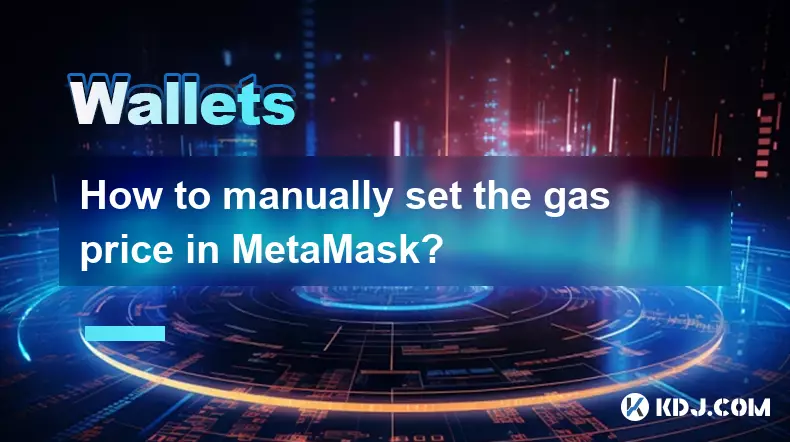
Understanding Gas Price in MetaMask
1. Gas price refers to the amount of ether (ETH) a user is willing to pay per unit of gas to execute a transaction on the Ethereum network. It directly affects how quickly a transaction is confirmed by miners or validators. Higher gas prices increase the likelihood of faster processing, especially during network congestion.
2. MetaMask, as a widely used cryptocurrency wallet, allows users to interact with decentralized applications (dApps) and manage digital assets. By default, it suggests gas prices based on current network conditions, but advanced users often prefer to adjust these settings manually for cost efficiency or speed control.
3. The gas price is measured in gwei, which is a denomination of ETH (1 gwei = 0.000000001 ETH). Users must balance between paying too much and having their transaction stuck due to being too low.
4. Manually setting the gas price gives users greater control over transaction fees, especially when sending tokens, interacting with smart contracts, or participating in token swaps on decentralized exchanges.
Steps to Manually Adjust Gas Price
1. Open the MetaMask extension in your browser and ensure you are connected to the correct Ethereum network (e.g., Ethereum Mainnet).
2. Initiate a transaction by clicking “Send” to transfer funds or by interacting with a dApp that triggers a blockchain action.
3. Before confirming the transaction, click on the “Edit” option next to the gas fee section. This reveals advanced settings including gas price and gas limit.
4. Toggle to “Advanced” mode if available. Here, you can input a custom gas price in gwei. Refer to external tools like Etherscan’s gas tracker or EthGasStation to determine an appropriate value based on current network demand.
5. After entering the desired gas price, review the estimated total fee and confirm the transaction only if the cost aligns with your expectations.
Factors Influencing Gas Price Decisions
1. Network congestion plays a major role. During peak times—such as NFT mints or major market movements—gas prices spike due to high demand for block space.
2. Transaction urgency determines whether a user opts for a higher or lower gas price. Time-sensitive operations like arbitrage trades require higher fees to ensure prompt execution.
3. Using a gas price below the network average may result in delayed confirmation or the transaction remaining pending indefinitely.
4. Some decentralized exchanges and yield farming platforms require multiple sequential transactions. In such cases, setting a slightly higher gas price ensures all steps complete without interruption.
5. Wallets like MetaMask now support EIP-1559 transactions, which separate the base fee from the priority fee. Users can still influence the priority fee (tip) to incentivize miners, even though the base fee is algorithmically determined.
Risks and Best Practices
1. Setting an excessively low gas price might save costs but risks transaction failure or long delays, especially if network conditions change unexpectedly.
2. Always double-check the gas settings before confirming, as blockchain transactions are irreversible once submitted.
3. Use real-time gas tracking platforms to make informed decisions. Tools like GasNow, Blocknative, or the MetaMask native fee estimator provide up-to-date recommendations.
4. For non-urgent transactions, such as sending funds during off-peak hours, selecting a lower gas price can significantly reduce fees without compromising reliability.
5. Avoid setting gas prices based on outdated information; network conditions can change within minutes.
Frequently Asked Questions
What happens if I set the gas price too low?If the gas price is too low, miners may ignore the transaction. It will remain in the mempool for an extended period and could eventually be dropped, requiring resubmission with a higher fee.
Can I change the gas price after sending a transaction?No, but you can replace the transaction by sending a new one with the same nonce and a higher gas fee. This cancels the original pending transaction.
Where can I find current recommended gas prices?Websites like Etherscan Gas Tracker, EthGasStation, and GasNow provide real-time data on optimal gas pricing for fast, average, and slow transaction speeds.
Does manually setting gas price work for ERC-20 token transfers?Yes, ERC-20 token transfers require gas just like ETH transactions. The gas price setting in MetaMask applies universally across all transaction types on the Ethereum network.
Disclaimer:info@kdj.com
The information provided is not trading advice. kdj.com does not assume any responsibility for any investments made based on the information provided in this article. Cryptocurrencies are highly volatile and it is highly recommended that you invest with caution after thorough research!
If you believe that the content used on this website infringes your copyright, please contact us immediately (info@kdj.com) and we will delete it promptly.
- BlockDAG, DOGE, HYPE Sponsorship: Crypto Trends Shaping 2025
- 2025-10-01 00:25:13
- Deutsche Börse and Circle: A StableCoin Adoption Powerhouse in Europe
- 2025-10-01 00:25:13
- BlockDAG's Presale Buzz: Is It the Crypto to Watch in October 2025?
- 2025-10-01 00:30:13
- Bitcoin, Crypto, and IQ: When Genius Meets Digital Gold?
- 2025-10-01 00:30:13
- Stablecoins, American Innovation, and Wallet Tokens: The Next Frontier
- 2025-10-01 00:35:12
- NBU, Coins, and Crypto in Ukraine: A New Yorker's Take
- 2025-10-01 00:45:14
Related knowledge
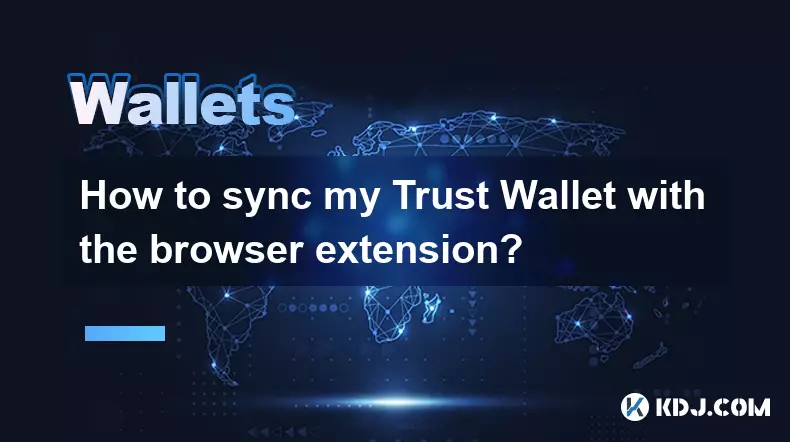
How to sync my Trust Wallet with the browser extension?
Oct 03,2025 at 06:19pm
Understanding Trust Wallet and Browser Extension IntegrationTrust Wallet is a popular non-custodial cryptocurrency wallet that supports a wide range o...

How to get the Trust Wallet browser extension?
Oct 01,2025 at 12:37am
How to Access the Trust Wallet Browser Extension1. Visit the official Trust Wallet website through a secure internet connection. Navigate to the downl...

How to interact with a DApp using Trust Wallet?
Oct 02,2025 at 10:00pm
Connecting Trust Wallet to a DApp1. Open the Trust Wallet app on your mobile device and ensure your wallet is unlocked with access to your assets. Nav...
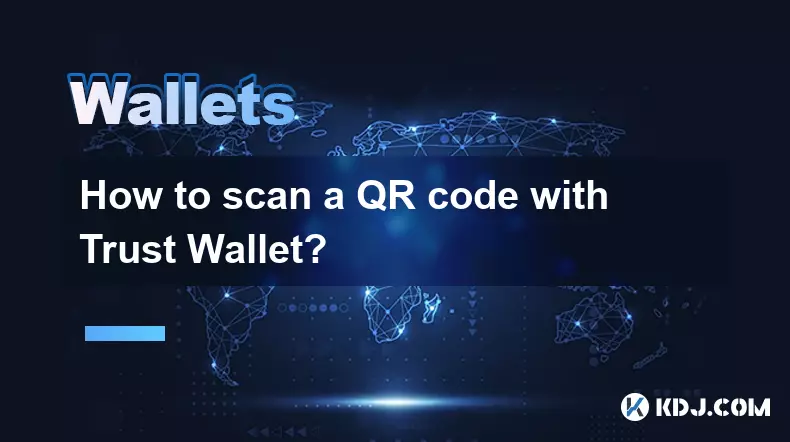
How to scan a QR code with Trust Wallet?
Oct 02,2025 at 03:37pm
Understanding QR Codes in Trust Wallet1. QR codes are widely used in cryptocurrency applications to simplify transaction processes. Trust Wallet lever...
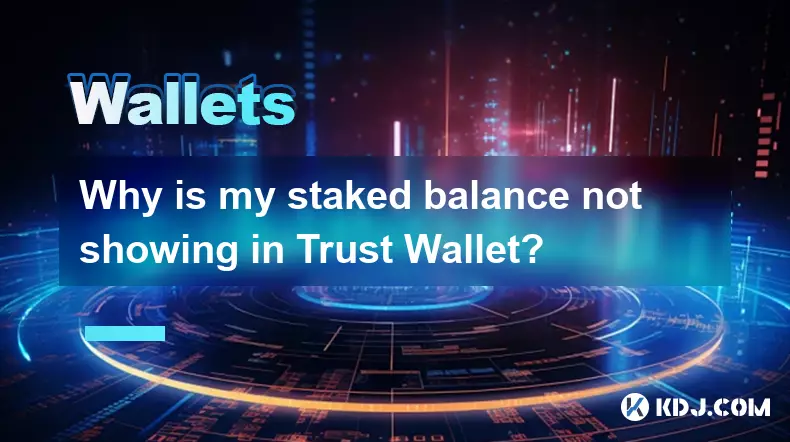
Why is my staked balance not showing in Trust Wallet?
Oct 01,2025 at 12:54am
Understanding Decentralized Exchanges in the Crypto Ecosystem1. Decentralized exchanges (DEXs) operate without a central authority, allowing users to ...
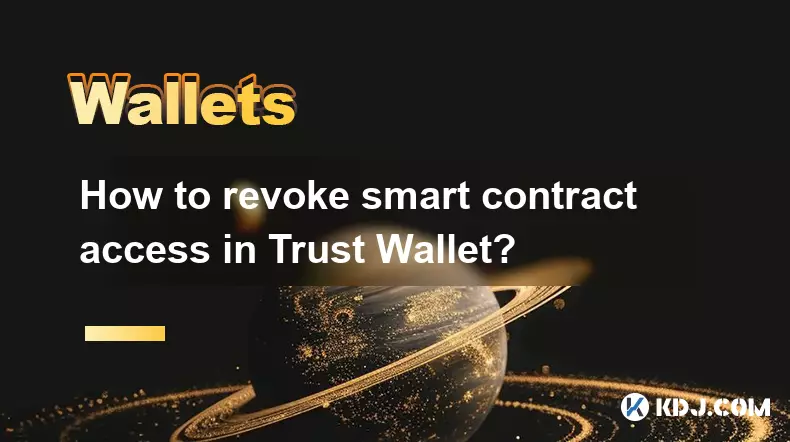
How to revoke smart contract access in Trust Wallet?
Oct 01,2025 at 12:54pm
Understanding Smart Contract Access in Trust Wallet1. Smart contracts are self-executing agreements built on blockchain networks, commonly used in dec...

How to sync my Trust Wallet with the browser extension?
Oct 03,2025 at 06:19pm
Understanding Trust Wallet and Browser Extension IntegrationTrust Wallet is a popular non-custodial cryptocurrency wallet that supports a wide range o...

How to get the Trust Wallet browser extension?
Oct 01,2025 at 12:37am
How to Access the Trust Wallet Browser Extension1. Visit the official Trust Wallet website through a secure internet connection. Navigate to the downl...

How to interact with a DApp using Trust Wallet?
Oct 02,2025 at 10:00pm
Connecting Trust Wallet to a DApp1. Open the Trust Wallet app on your mobile device and ensure your wallet is unlocked with access to your assets. Nav...

How to scan a QR code with Trust Wallet?
Oct 02,2025 at 03:37pm
Understanding QR Codes in Trust Wallet1. QR codes are widely used in cryptocurrency applications to simplify transaction processes. Trust Wallet lever...

Why is my staked balance not showing in Trust Wallet?
Oct 01,2025 at 12:54am
Understanding Decentralized Exchanges in the Crypto Ecosystem1. Decentralized exchanges (DEXs) operate without a central authority, allowing users to ...

How to revoke smart contract access in Trust Wallet?
Oct 01,2025 at 12:54pm
Understanding Smart Contract Access in Trust Wallet1. Smart contracts are self-executing agreements built on blockchain networks, commonly used in dec...
See all articles










































































